Higher education institutions are navigating a complex landscape marked by declining enrollment, rising operational costs, shifting student expectations, and rapid technological change. These realities are demanding innovative, data-driven strategies to ensure sustainable growth, student success, and institutional resilience.
Table Of Contents
Introduction
Over the past decade, U.S. higher education has entered a volatile era defined by shrinking enrollments, soaring CPEs, and realistic pressure to modernize. Between 2010 and 2022, undergraduate enrollment declined by nearly 15%, dropping from approximately 18 million to 15.4 million students. First-year enrollment—the life pulse of colleges—declined more than 5% in Fall 2024, with domestic 18-year‑old new enrollees down over 6%.
Meanwhile, the cost of college continues to outpace inflation. In the 2024–25 academic year, the average public four-year in-state tuition stood at $11,610, while private nonprofits averaged $43,350—up 3–4% from the previous year. Adding room, board, and fees, some top institutions now exceed $90,000 annually. As a result, the typical borrower carries nearly $40,000 in federal debt, affecting approximately 45 million borrowers nationwide.
Confronting this landscape, student demands are also evolving—pushing institutions toward digital, flexible, and personalised educational experiences. Artificial intelligence (AI) and other technologies are emerging as essential tools to manage enrollment, control costs, and enhance the student experience.
The Evolving Crisis in U.S. University Management
The enrollment crisis in U.S. higher education is no longer just a passing trend—it’s a longstanding challenge affecting institutions’ financial health, clour, academic planning, and long-term survival. Let’s break down the core enrollment-specific challenges universities are facing:
1. Declining Domestic Pool
U.S. universities are facing a plunging pool of traditional-aged domestic students due to demographic shifts, particularly a steady decline in birth rates since the late 2000s.
- Undergraduate enrollment in the U.S. dropped by about 15% between 2010 and 2022, falling from a peak of around 18 million to 15.4 million students.
- The number of 18-year-olds graduating from high school—the primary pool for college applicants—is projected to decline by 13% (nearly half a million students) by 2041.
2. Rising Costs and Affordability Concerns
The rising cost of tuition and living expenses, combined with limited growth in financial aid, has made higher education increasingly unaffordable for many prospective students. This financial barrier is a major deterrent, especially for lower-income and first-generation students.
3. Shifting Perceptions of Higher Education Value
There is growing scepticism about the value of a college degree, with more students and families questioning whether the investment leads to sufficient career and financial benefits. This has contributed to a shift in public perception, viewing college as a luxury rather than a necessity.
4. Student Support Increased Competition from Alternative Pathways
Students now have more alternatives to traditional four-year degrees, such as vocational training, boot camps, apprenticeships, online certifications, and direct-to-career programs. These options are often seen as more affordable and directly aligned with contemporary job market needs.
5. Institutional and Operational Barriers
Internal challenges such as outdated academic programs, ineffective marketing and recruitment strategies, poor campus facilities, and administrative inefficiencies can deter prospective students. Additionally, a lack of student support services and issues with campus culture (e.g., diversity and inclusion) can negatively impact both recruitment and retention.
6. Data Management and Technology Modernization
Universities are often “data-rich but insight-poor,” hampered by outdated systems and fragmented technologies that hinder strategic, data-driven decision-making. Modernising core business systems and integrating artificial intelligence are essential but require significant investment and organisational change.
7. Faculty and Staff Retention
Faculty burnout is widespread: 60% of higher education faculty report anxiety or depression, and over half have considered leaving the profession, impacting productivity and institutional stability. Competitive benefit strategies and support for faculty well-being are increasingly necessary to attract and retain talent.
How AI is helping to solve these challenges in Higher Education
Artificial intelligence (AI) is rapidly transforming higher education by addressing many of its most persistent challenges. Here’s how AI solutions are making an impact:
1. AI‑Powered Enrollment Management Systems
As colleges face increasing enrollment challenges, AI-based enrollment tools help institutions identify, attract, and convert high-potential applicants more effectively. These systems use predictive analytics to personalise outreach, streamline communications, and increase yield rates while reducing recruitment costs.
- In the UK, an AI‑driven enrollment system processed 50,000+ applications and significantly reduced processing times, boosting both admission efficiency and retention.
- Only 20% of U.S. institutions currently use AI in admissions, though 44% employ AI chatbots, highlighting the growth potential.
2. Chatbots & Virtual Assistants for Student Support
AI-powered chatbots offer 24/7 support, answering student queries in real time and guiding them through administrative processes like admissions and financial aid. This not only improves the student experience but also reduces the workload on staff and eliminates response delays during peak times. Similarly, Conversation Intelligence revolutionises student interactions through AI-powered chatbots and voice assistants. These tools offer real-time, personalised support across multiple channels, from admissions inquiries to financial aid guidance.
- Georgia State University (GSU) implemented Pounce and AI-powered chatbots, helping to quadruple their academic advisors, reduce advisor‑student ratios from 800:1 to 300:1, raise their 6‑year graduation rate to 54%, and generate $3 M in revenue per 1% increase in graduation rate.
- Studies show that 62% of universities now offer 24/7 student support via AI and 45% use chatbots for services.
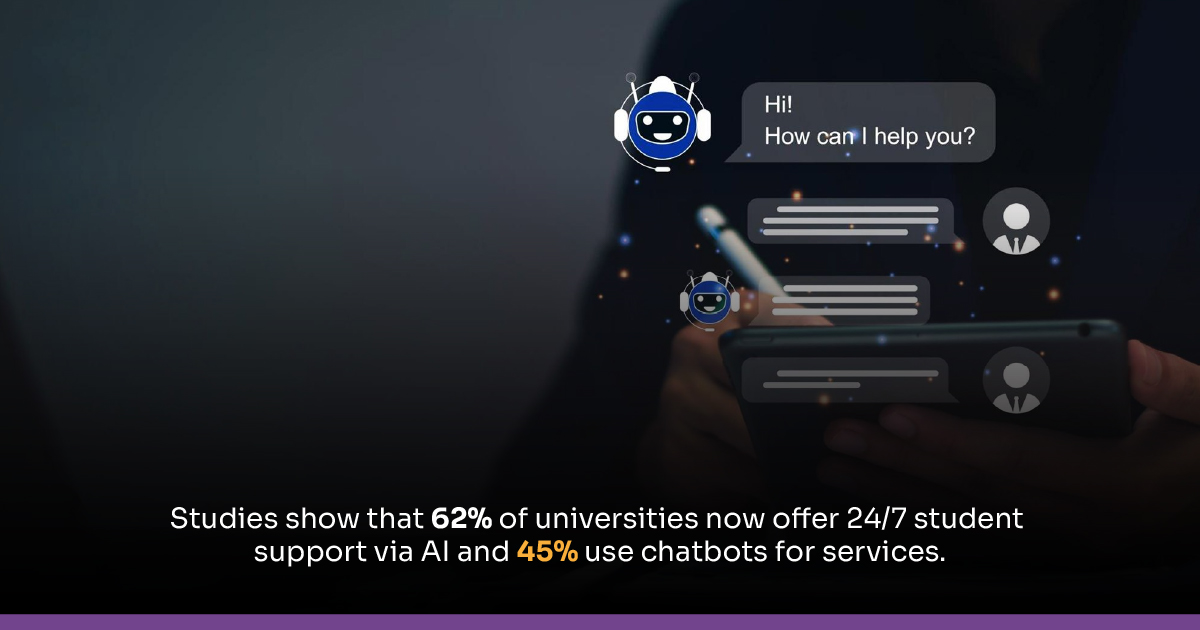
3. Learning Analytics for Student Success
With rising dropout rates and academic struggles, learning analytics systems powered by AI can track student behaviour, identify those at risk of failing or dropping out, and send timely alerts to faculty or advisors. This enables early interventions that enhance retention and academic outcomes.
4. AI in Curriculum & Course Planning
AI tools help institutions align course offerings with both student demand and job market trends. They optimise class scheduling, faculty allocation, and degree pathways, ensuring students graduate on time while universities make more effective use of their resources. At Northwest Missouri State University, integrated academic planning and scheduling lifted retention by 3.9%, while another holistic approach lifted retention by 8%.
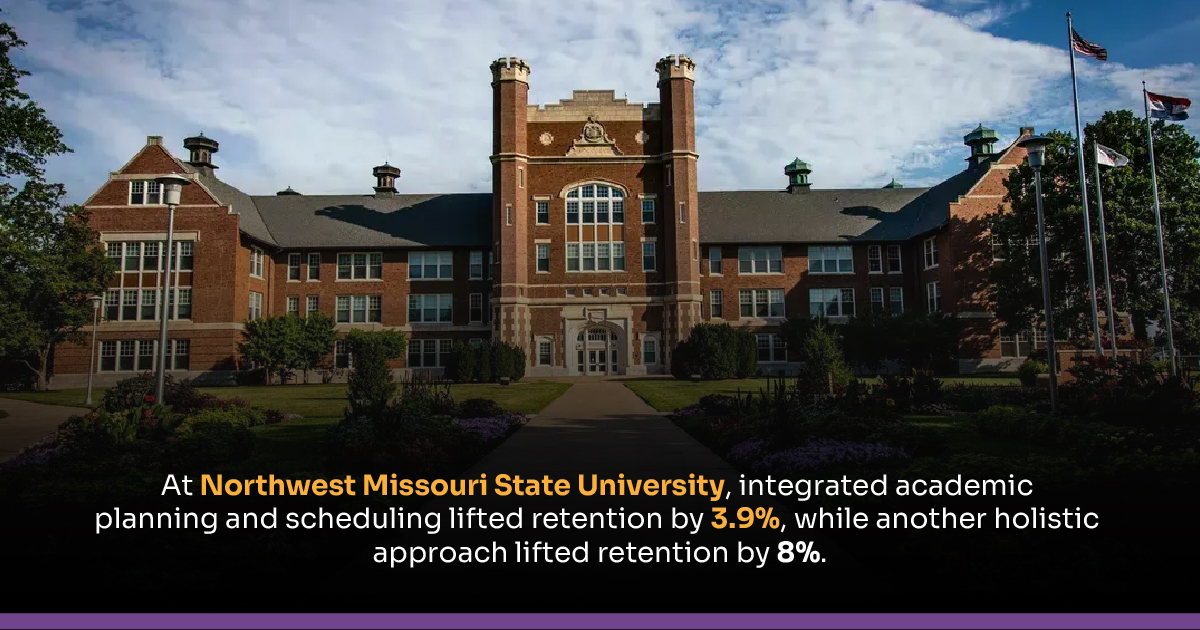
Read more: How is Enrollment Management Changing?
5. AI-Powered Automation of Administrative Workflows
From processing admissions documents to managing financial aid and scheduling, AI and Robotic Process Automation (RPA) can handle repetitive administrative tasks with speed and accuracy. This frees up staff time for more strategic roles and reduces human error. The adoption of AI‑driven workflows is evidenced by the 52% of institutions using AI for administrative tasks and 44% for analytics.
Conclusion
U.S. higher education is facing a major shift—declining enrollments, rising tuition, and growing doubts about the value of a degree are reshaping the landscape. With fewer students and skyrocketing costs, traditional models are under pressure. Meanwhile, tech-savvy learners are demanding more flexible, career-focused options. In response, universities are turning to AI to stay competitive. From smarter admissions and predictive analytics to 24/7 chatbots and automated admin tasks, AI is helping institutions improve efficiency, boost retention, and deliver a more personalised student experience. In short, AI is becoming a critical tool for the future of higher education.
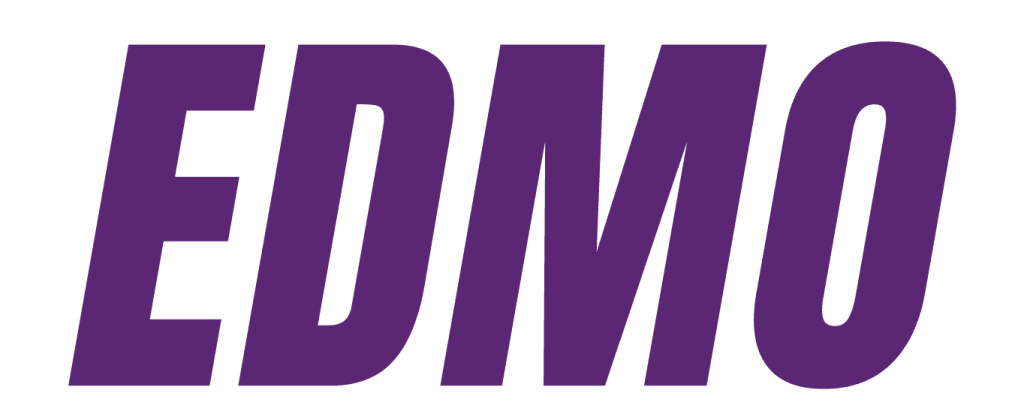
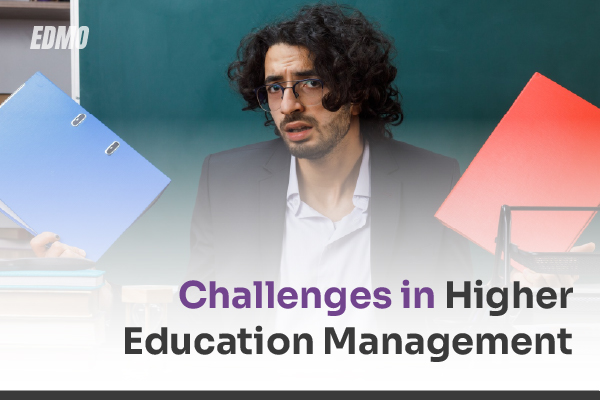
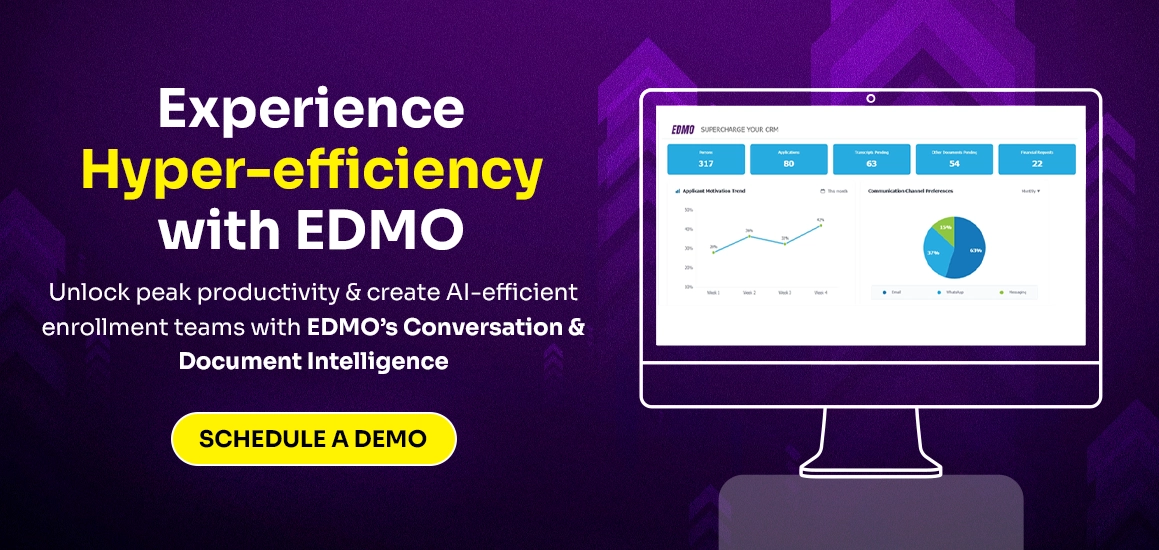


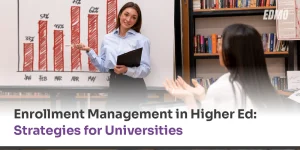


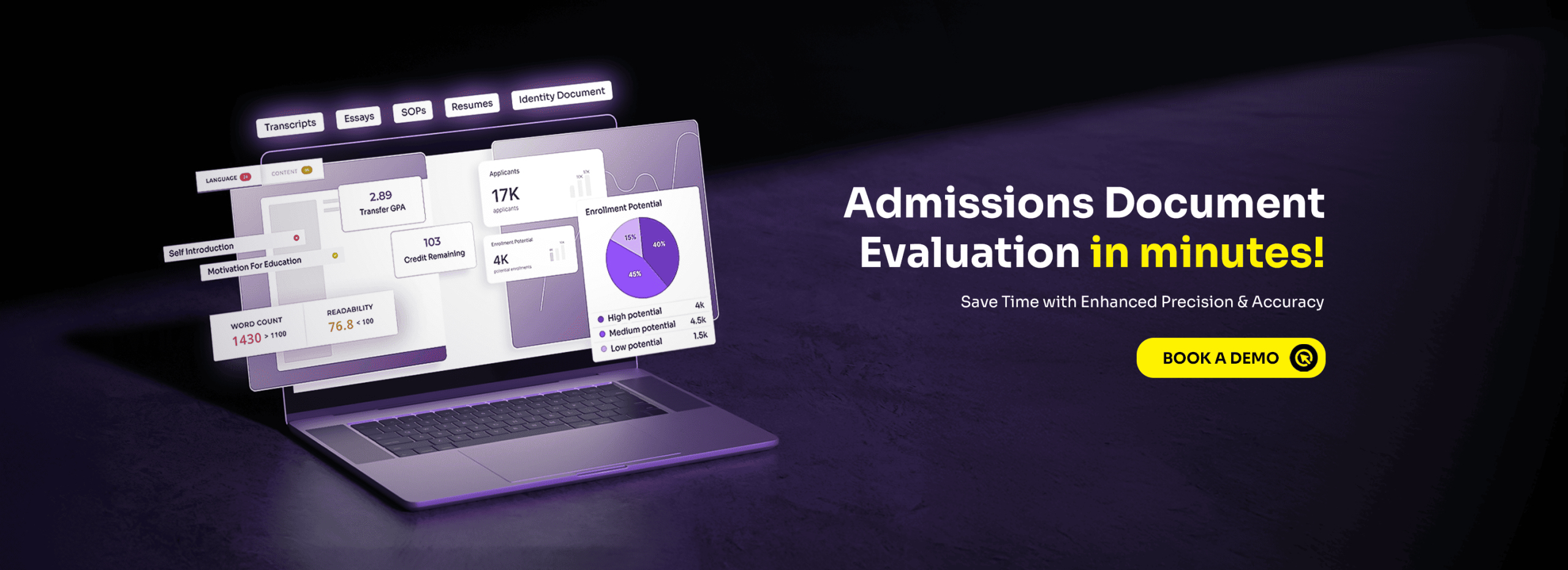

No comments yet. Be the first to comment!
Leave a Comment